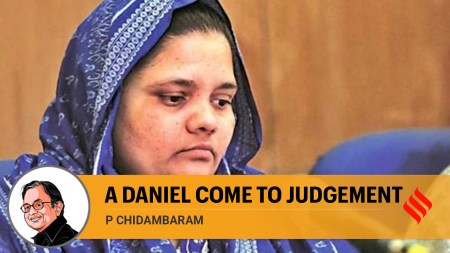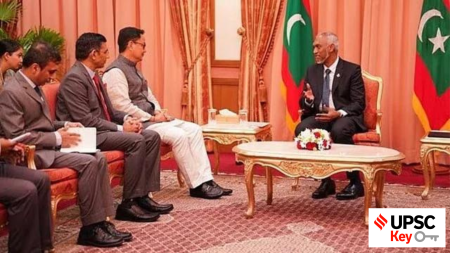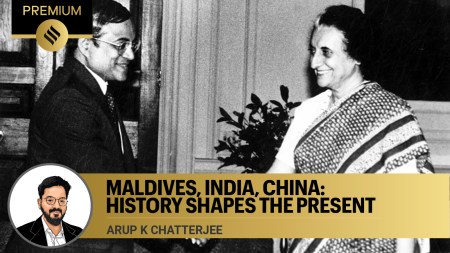At approximately 11:30 am on Saturday morning, the door of the special cage slid open and a cheetah, one of the eight that flew down from Namibia, stepped out into its quarantine enclosure. It looked around as if to survey its new surroundings before taking a leisurely stroll.
For the first time in 70 years, India is now home to the cheetah as the big cats landed in Gwalior early Saturday morning and then made their way to the Kuno National Park in Madhya Pradesh, their new home.
The Prime Minister formally released three of the eight cheetahs – a female in one 50×30-metre enclosure and two males in another – while the others were released later. The Madhya Pradesh Chief Minister and Union Minister for Environment and Forest Bhupendra Yadav were also present on the occasion. The Prime Minister took pictures of the big cats using a DSLR camera while they wandered about in their new enclosure.
Earlier, the Action Aviation Boeing 747 cargo plane, which transported the cheetahs from Namibia to India, took off from the Hosea Kutako International Airport in the Namibian capital of Windhoek at 5 pm Namibia time on Friday and arrived at the Gwalior Air Force Base at 8 am on Saturday.
Accompanying the cheetahs was an eight-member crew of experts, including Wildlife Institute of India (WII) Dean Prof Y V Jhala, Dr Laurie Marker, Executive Director of the Cheetah Conservation Fund (CCF), Professor Adrian Tordiffe of the University of Pretoria, South African cheetah expert Vincent Van der Werf, and a veterinarian expert from the Zoo, Dr Savant Mutthiya. Indian High Commissioner to Namibia Prashant Aggarwal also accompanied the team.
From Gwalior, the cheetahs were moved into an Air Force helicopter and flown into Kuno National Park, with Union Aviation Minister overseeing the operations.
According to forest officials, the eight cheetahs will be fed buffalo meat as per their prescribed diet, with special care being taken to ensure that they have minimum interaction with humans during their month-long stay in the quarantine enclosures. They will later be moved into larger enclosures.
Prof Jhala said that the over-10-hour flight saw hourly check-ups for the cheetahs, who had been fed a day before their journey to India. He emphasized that their transfer to India “is just the beginning” and that the “actual work begins now”.
The actual work is to keep them healthy and alive and sustain the population. The usual transit mortality rate is 20% and we have been very lucky that all the cheetahs have arrived safe and sound, added Jhala, who will be stationed at the Kuno National Park for the coming week, monitoring the big cats in their new landscape.
Apart from the health of the cheetahs over the next month, and their ability to hunt in the park thereafter, Jhala says that there will be two main challenges for sustaining the cheetah population in Kuno: to keep building a prey base for the cheetahs, and to ensure that there is no poaching.
Capture myopathy is a condition with a high mortality rate, which occurs among wild animals that experience stress and physical exertion from the transfer.
On Saturday morning, after the event held to mark the release of the cheetahs into their enclosures, PM Modi interacted with “cheetah mitras” – a group of youngsters who had been trained to create awareness among the villagers about the cheetahs.
Talking to them about how cheetahs are different from leopards, Modi shared Gujarat’s experience of protecting the Asiatic lions, when he was chief minister of the state.
Aarti Ahirwar, one of the cheetah mitras who got to interact with the Prime Minister, said, “He spoke to us for about 20 minutes, sharing with us his experience in Gujarat.”
Later, addressing 1.20 lakh Self-Help Group (SHG) women who had assembled in Karhal from four districts around Sheopur, Prime Minister Modi said, “On the occasion of my birthday, when I do not have any programme lined up, I usually visit my mother and touch her feet. But today, I’m not able to meet her but she will be happy to know that I have received the blessings of thousands of mothers and daughters of Madhya Pradesh.”











